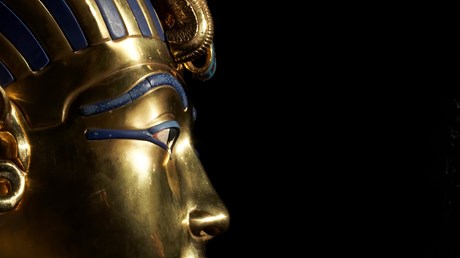Learning about the land of Pharaoh helps us understand the people of Israel in their context.

We all know the Bible was not written on a blank slate. It records for us the life and times of ancient people who were embedded in a unique historical and cultural context, which was influenced in large part by its geography.
Outside the Promised Land, one of the places of greatest importance for the Israelites was Egypt. Not only did God’s people live there for some 400 years but Abraham and the prophet Jeremiah both traveled there. Even Jesus spent his formative years in Egypt, taken there by his parents when they fled from Herod.
Over the past four years, while writing a commentary on the Book of Exodus, I’ve read a lot about Egypt and realized just how much the ancient Egyptians can teach us about how to read and understand the Bible in its proper context. This was underscored by the study tour I took last month with Dr. James Hoffmeier, a renowned Egyptologist. Getting to visit pyramids, temples, museums, and tombs in person made so many familiar passages come to life.
The Book of Exodus is filled with references to the Israelites’ life in Egypt—including borrowed words from Egyptian and particular motifs that resonated in that context.
During their lengthy stay in Egypt, generations of Israelites would have been exposed to certain motifs over and over—and many of these pictorial representations informed the Bible’s own imagery. After all, the biblical authors chose conventional means to communicate eternal truths about Yahweh. These visual concepts would have made sense to their audience—and now, having seen some of them with my own eyes, they make more sense to me too.
Below are six examples which I found especially insightful.
The Garden Temple
I’ve ...
from Christianity Today Magazine
Umn ministry




.gif)

.gif)
.gif)
